
What happens when a surveillance vessel crosses the line from intelligence gathering into direct provocation? NATO forces faced that question this week, when a Russian spy ship entered the northern waters of the United Kingdom and began targeting military pilots with lasers. It was the latest in a series of increasingly aggressive maneuvers by Moscow meant to test the alliance’s readiness and resolve.
Over the past months, Russia’s actions have oscillated between the sabotage of critical infrastructure and violations of airspace by drones and fighter aircraft. Such incidents are not one-offs; they have been part of a pattern in hybrid war, testing defenses without crossing into open conflict. The following list includes a few of the most important developments for identifying operational details, strategic implications, and geopolitical stakes.
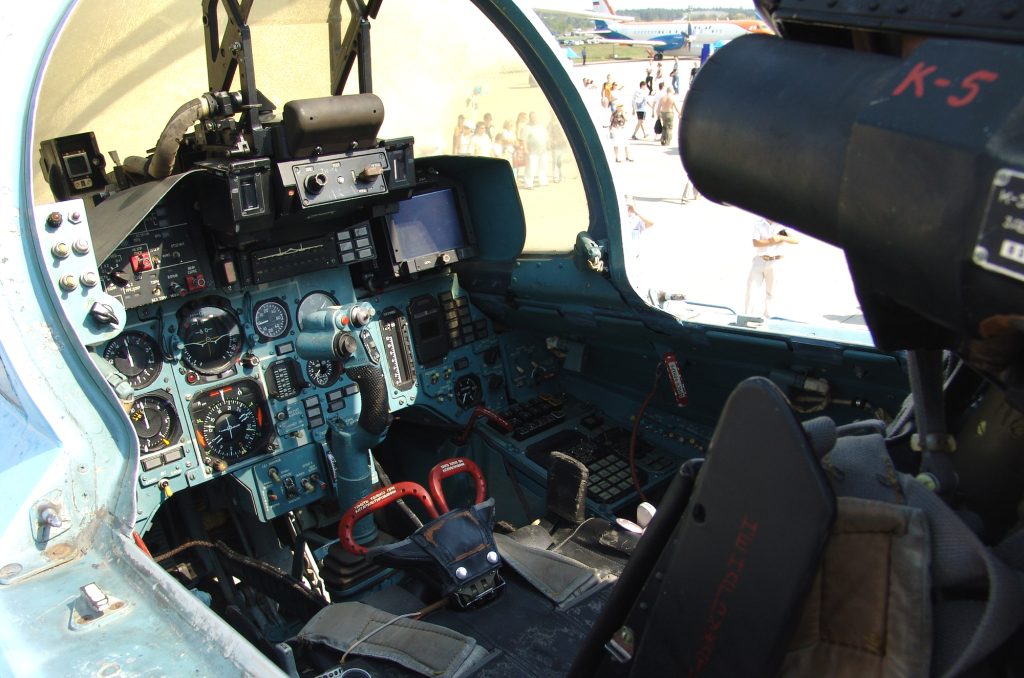
1. Laser Targeting of RAF Pilots
UK Defence Secretary John Healey confirmed that the Russian vessel Yantar pointed lasers at Royal Air Force Poseidon MRA1 patrol aircraft during close monitoring operations north of Scotland. Officials characterized the act as “deeply dangerous” and unprecedented in Britain’s encounters with the ship. According to UK law, shining lasers on pilots is illegal and may lead to temporary blindness or disorientation, hence raising the chances of an accident during sensitive surveillance missions.
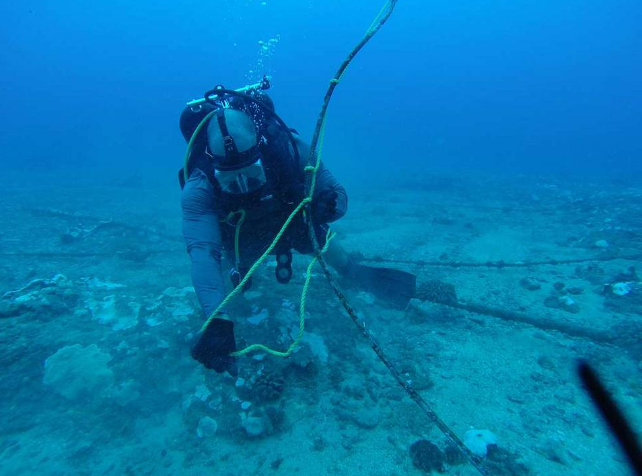
2. Underwater Cables Mapping
The Yantar is equipped with manned and remote-operated submersibles that can dive to extreme depths. UK intelligence sources say its mission includes mapping undersea cables carrying more than 90 percent of Britain’s data traffic, including billions in financial transactions. Such cables are vital to civilian life, as well as military communications, but remain largely undefended. NATO has warned that such infrastructure forms part of the strategic pressure points open to sabotage or disruption.
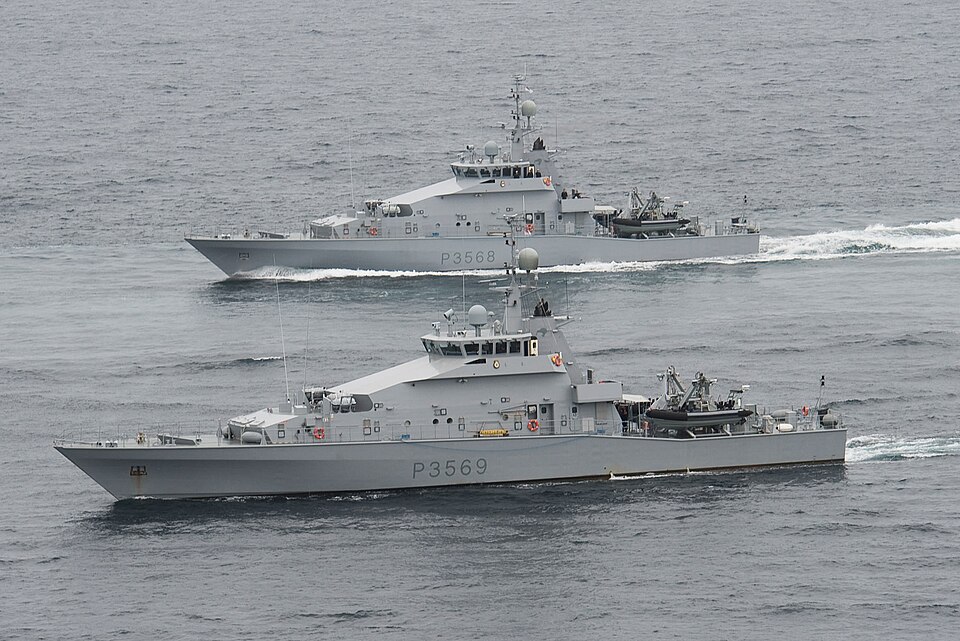
3. Royal Navy’s Close Shadowing
Healey announced that he had changed naval rules of engagement, permitting British frigates to shadow the Yantar down to the length of a football pitch. The change reflects a more aggressive approach to countering foreign intelligence platforms operating within the UK’s exclusive economic zone. Such decisions underpin the move toward active deterrence that can be seen in maritime security policy.

4. Sabotage in the Polish Rail Network
Polish authorities blamed two acts of sabotage on the Warsaw-Lublin railway line-a vital supply route of aid to Ukraine-on Russian special services. According to Prime Minister Donald Tusk, military-grade C-4 explosive was detonated close to Mika by the suspects, two Ukrainian nationals working for Russia. They damaged the overhead cables close to Pulawy. Both suspects escaped into Belarus. The Kremlin has denied the charges, but Warsaw insists evidence indicates Moscow’s complicity.
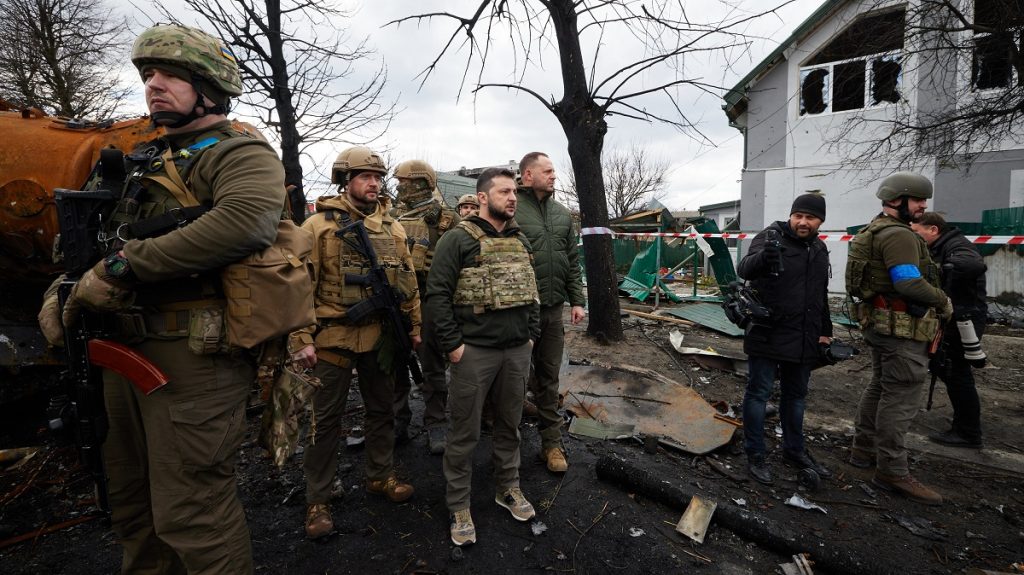
5. Romania’s Drone Incursion
The Romanian Defense Ministry announced Friday that during a large-scale Russian strike against Ukraine, a drone entered some five miles into its national airspace. Two German Eurofighters and two Romanian F-16s were scrambled after it reappeared intermittently on radar, only to disappear again. There was no reported ground impact, but the incident raised alerts along NATO’s southeastern flank.

6. Violation of Moldova Airspace
In a coordinated move, Moldova – which borders Ukraine to the southwest – declared that an overnight drone passed over its southern airspace at low altitude. It went undetected by any on-duty monitoring systems, highlighting glaring gaps in regional air defense coverage. These incidents will increase pressure on smaller NATO partners and non-members alike to enhance their surveillance capabilities.

NATO’s Largest November Air Attack Response
The Ukraine air force reported that Russia had launched the largest attack of November so far with 476 drones and 48 missiles. Defenders were said to have downed or suppressed 442 drones and 41 missiles. However, impacts were recorded at 14 locations. The scale of the assault required the NATO air defense readiness in Poland and Romania to be activated; this included Dutch, Norwegian, Spanish, and German forces.
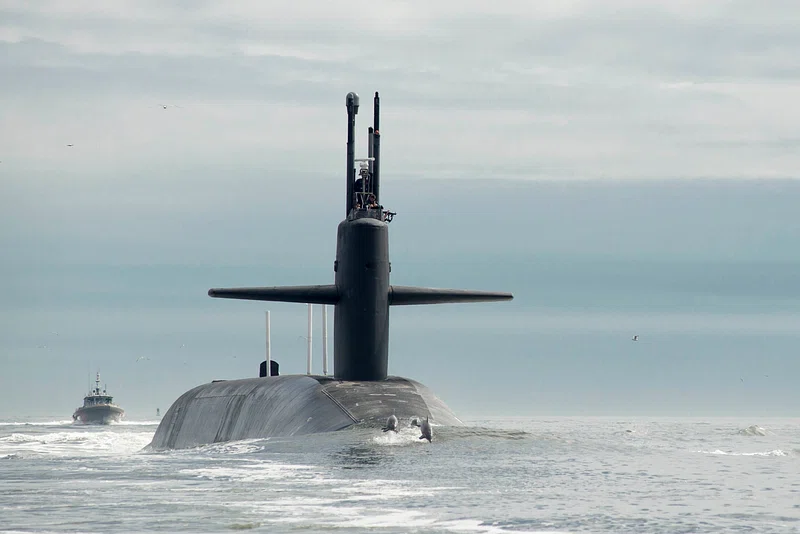
8. Previous Yantar encounters
In a rare, deliberate deterrent gesture, the Royal Navy surfaced a nuclear-powered submarine directly across the bows of the Yantar as it approached British waters earlier this year. Repeated appearances of the ship indicate a sustained campaign by Russia’s deep-sea research unit GUGI to gather intelligence on NATO’s maritime infrastructure.
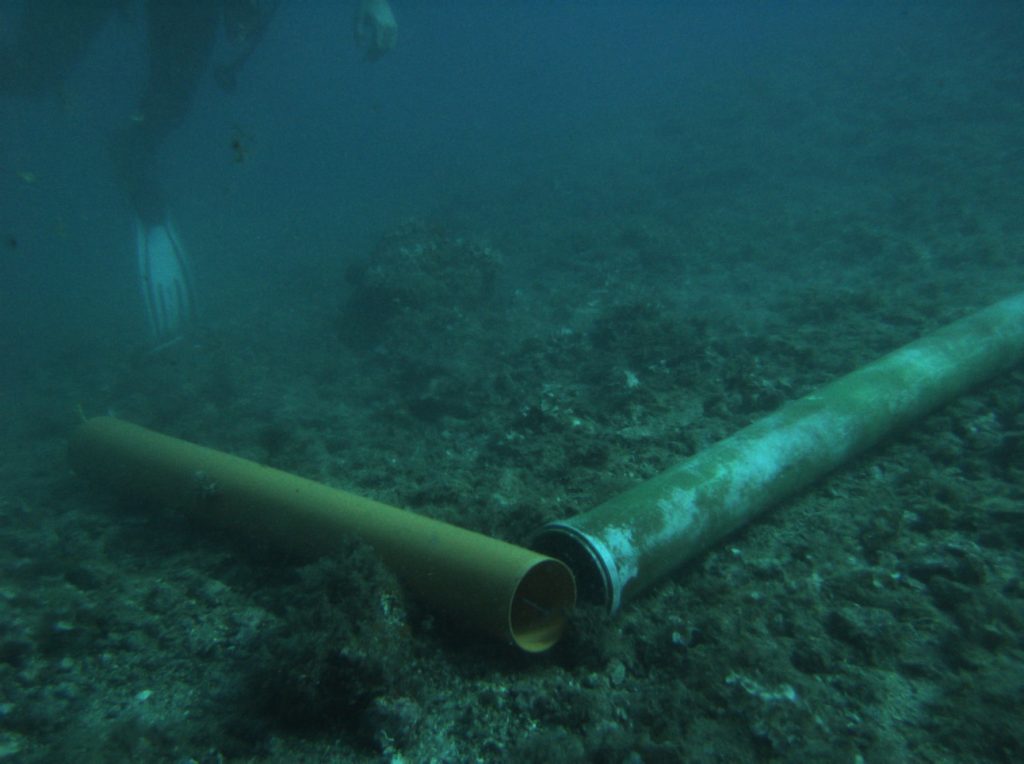
9. Strategic Vulnerability of Seabed Infrastructure
Undersea cables and pipelines have increasingly been identified as critical infrastructure in a manner comparable with airspace and territorial borders. Their remoteness and length make them hard to protect, and adversaries able to project deep sea capabilities can exploit in ways which are hard to detect until the damage is done. The Yantar’s capabilities-precise hovering, advanced sensors, and submersible deployment-fit this threat profile.
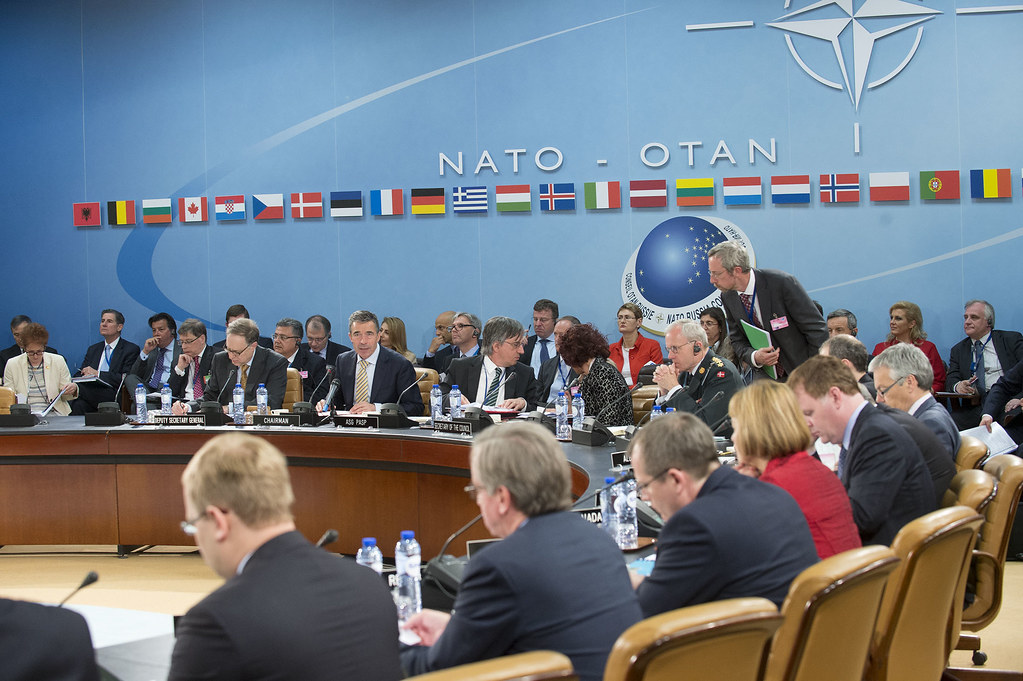
10. Political and Military Signaling
By outing the activities of the Yantar publicly, Britain signals to allies that it is ready to expose and counter grey zone operations. Healey’s statement, “We see you, we know what you’re doing,” was both a warning and an invitation for co-ordinated NATO action. The Russian embassy in London denied the charges, branding them “Russophobic” and saying the UK was “whipping up militaristic hysteria.” The Yantar incident is more than a maritime standoff-it’s a microcosm of the evolving NATO-Russia confrontation.
From sabotage on land to drone incursions in the air and deep-sea intelligence gathering beneath the waves, such actions probe the alliance’s vulnerabilities across multiple domains. As hybrid warfare blurs the boundaries of conflict, it is NATO’s ability to respond decidedly in each sphere that will define its resilience in the face of constant and calculated provocations.


